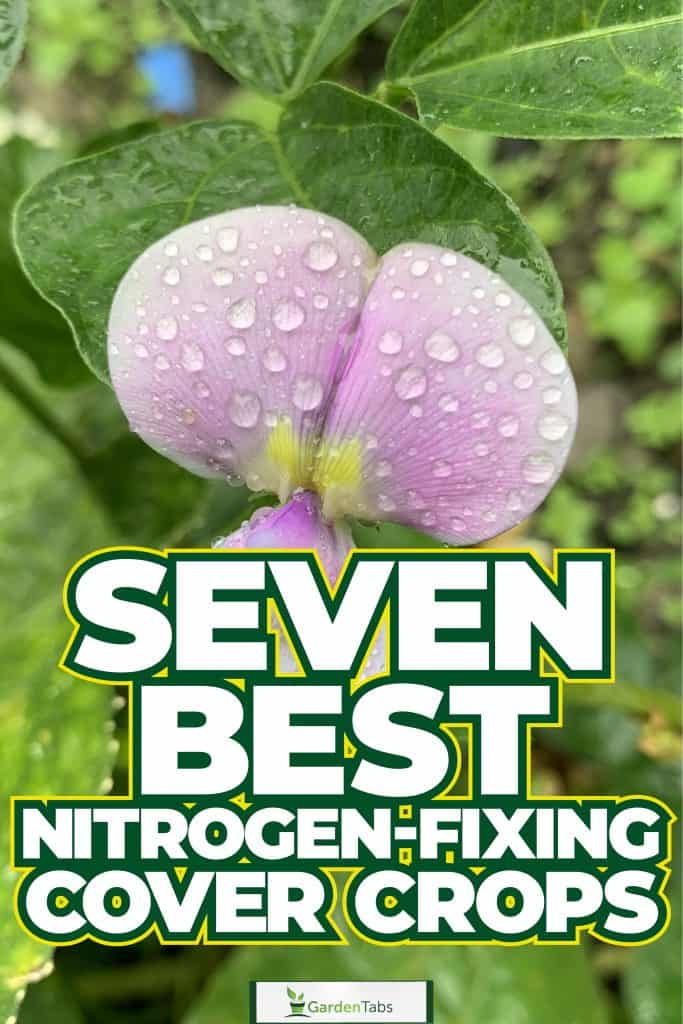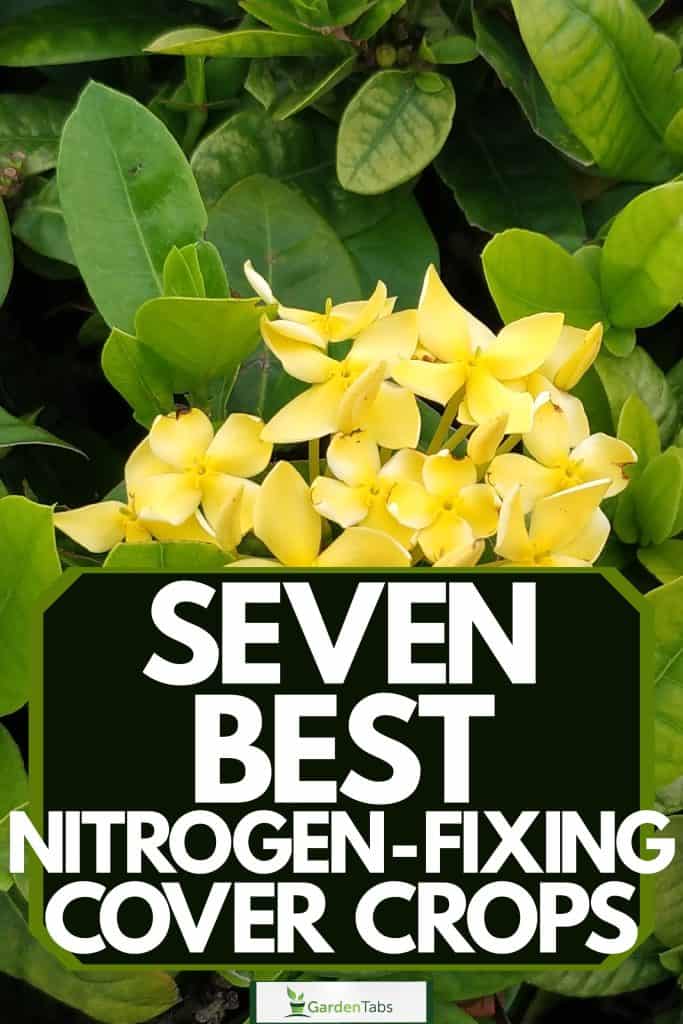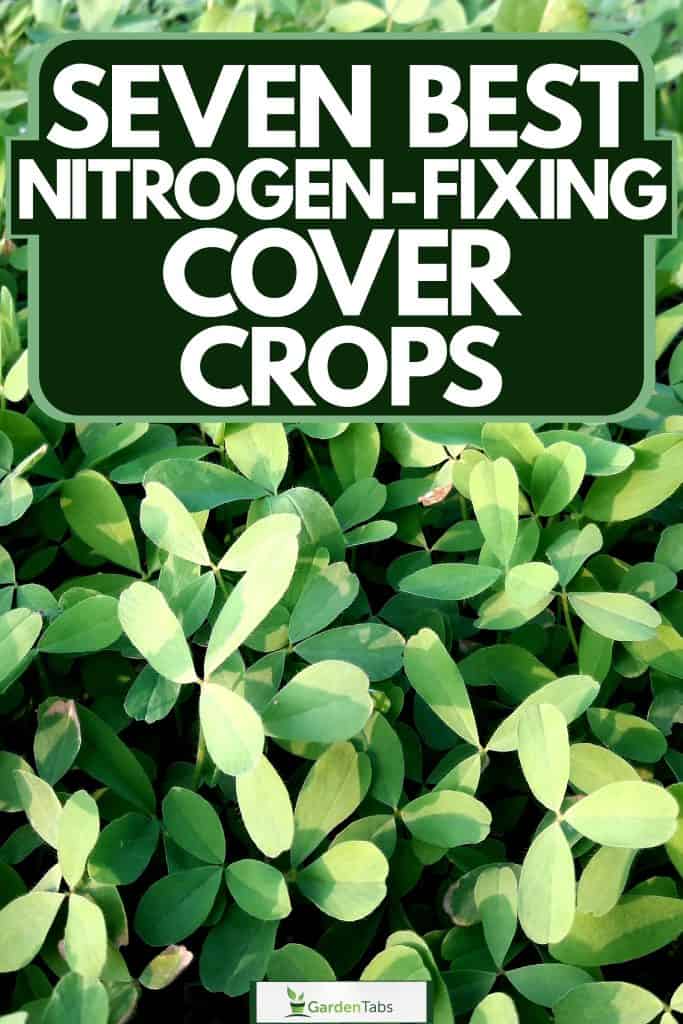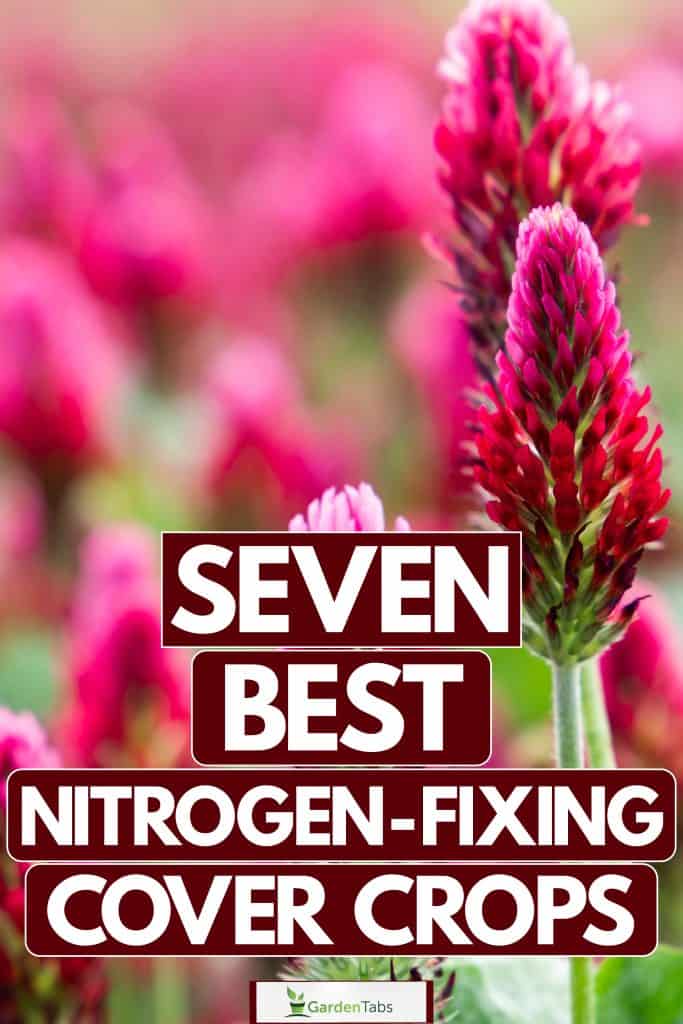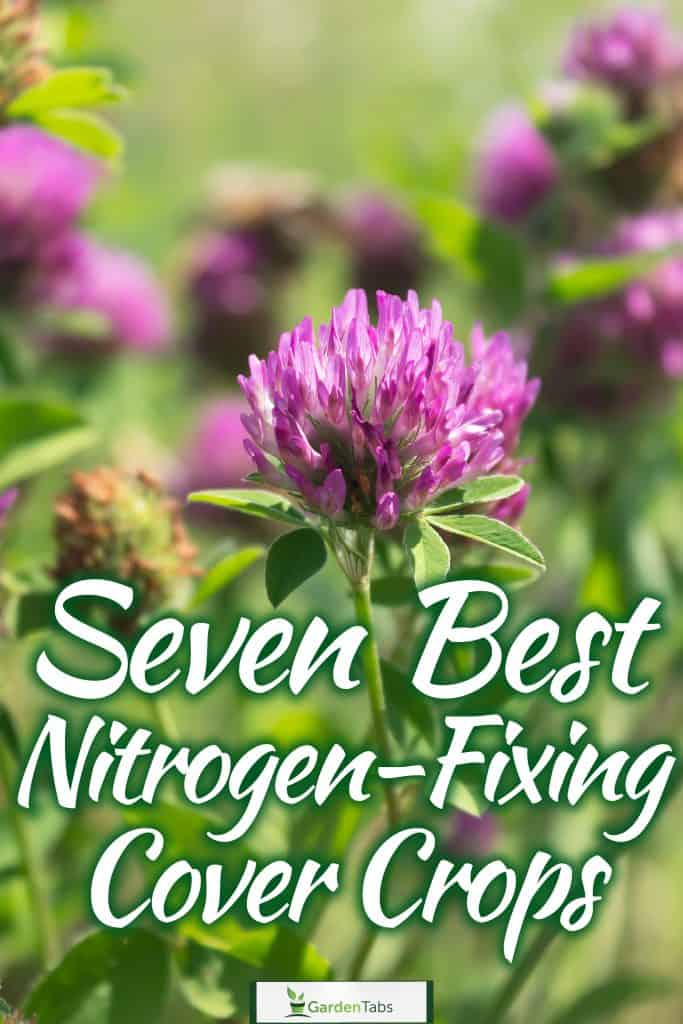Improving the soil in your garden can be a challenge. For example, is your yard lacking nitrogen, and do you want to know how to improve it? Are there cover crops that can fix the nitrogen levels in the soil? We've researched these questions and have some ideas to share.
Some of the best nitrogen-fixing cover crops for a garden are berseem clover, crimson clover, sweet clover, cowpea, red clover, field pea, and hairy vetch. Planting these crops on your property can increase the soil's nitrogen, leading to better growth for your other vegetation.
In this article, we will cover nitrogen-fixing cover crops and give advice for improving the soil quality in your garden. With that said, let's begin!
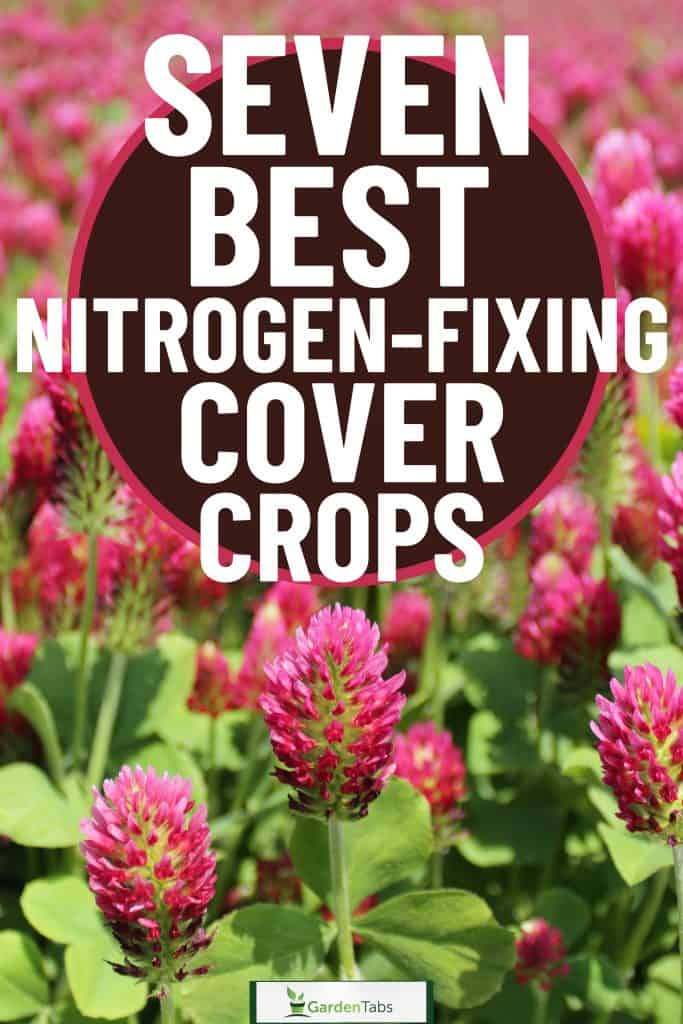
What Are The Best Cover Crops For Improving Nitrogen Levels In Soil?
For anyone struggling with nitrogen-deficient soil, there are plenty of cover crops to try planting.
Since nitrogen is essential for plant growth and development, you'll want to try and improve things as soon as possible.
Here are some nitrogen-fixing cover crops to try in your yard:
1. Berseem Clover
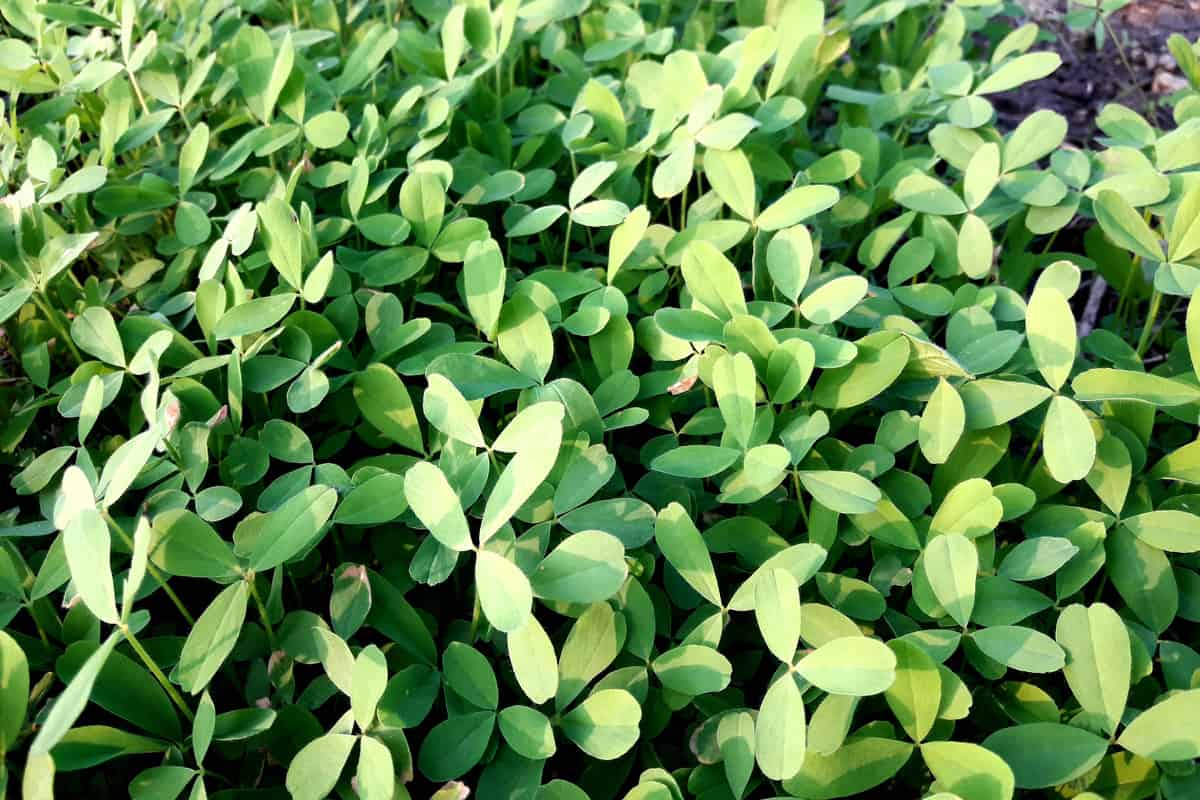
Berseem clover is rich in nitrogen, producing around 100 to 200 pounds per acre. This stems from the clover's roots and seeps into the ground.
Adding berseem clover to your garden is an easy way to repair its nitrogen levels. Berseem clover is an excellent cover for small grain, corn, and soybean rotations in the Midwest.
Many farmers throughout that region depend on berseem clover to yield successful harvests.
2. Crimson Clover
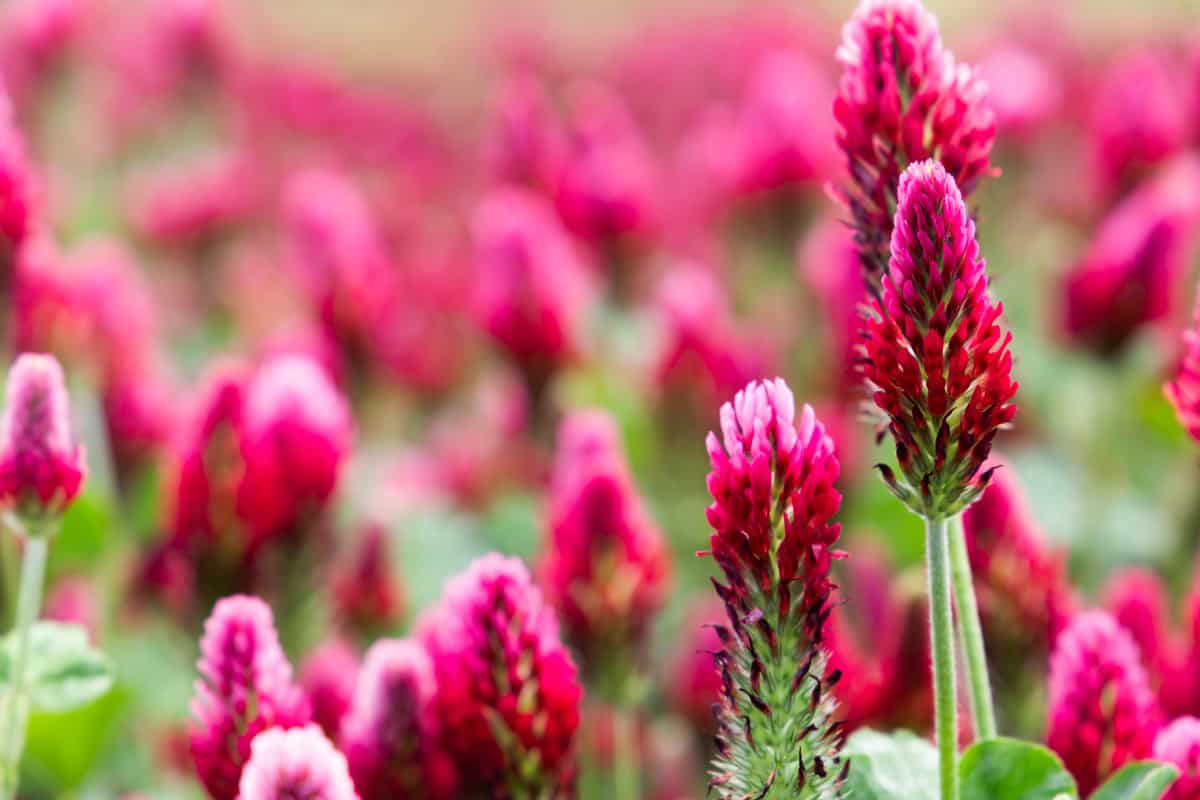
Crimson works to fix nitrogen levels in the soil, often attracting it as well. On average, it produces around 70-150 pounds of nitrogen per acre, which is perfect for gardens lacking it.
Like berseem clover, crimson varieties can bring new life to nearby plants/crops while being fairly easy to grow and care for. Its root system can help prevent erosion and builds soil, making it a top choice for farmers.
This cover crop packs a punch of nitrogen and produces nectar-filled blossoms measuring 0.5-1 inches long.
3. Sweet Clover
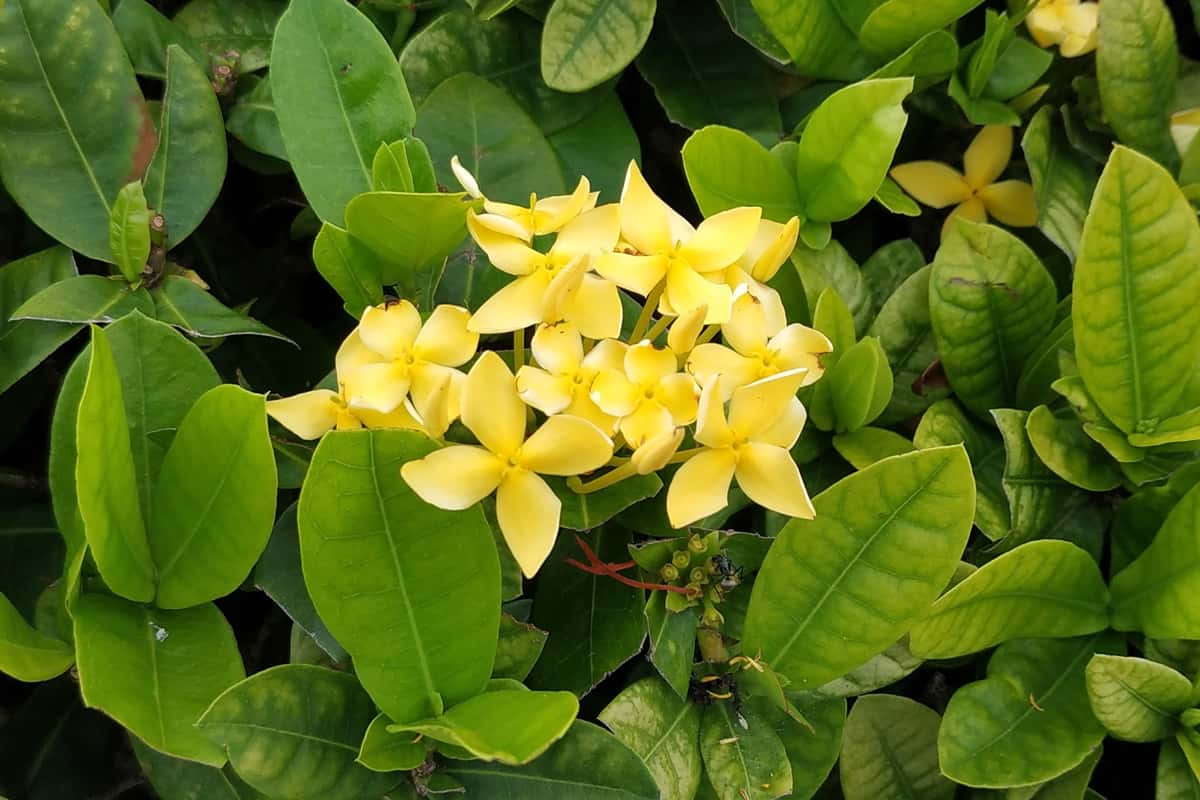
Sweet clover can provide more nitrogen to adjacent grasses than most other legumes. Again, this is a clover crop, so it will be packed with nitrogen and benefit plants and lawns you have growing close by.
If you have a heavy sweet clover year, next year's grasses may be very much improved. This is another staple plant in the farming system, making it ideal for anyone growing crops in their garden.
4. Cowpea
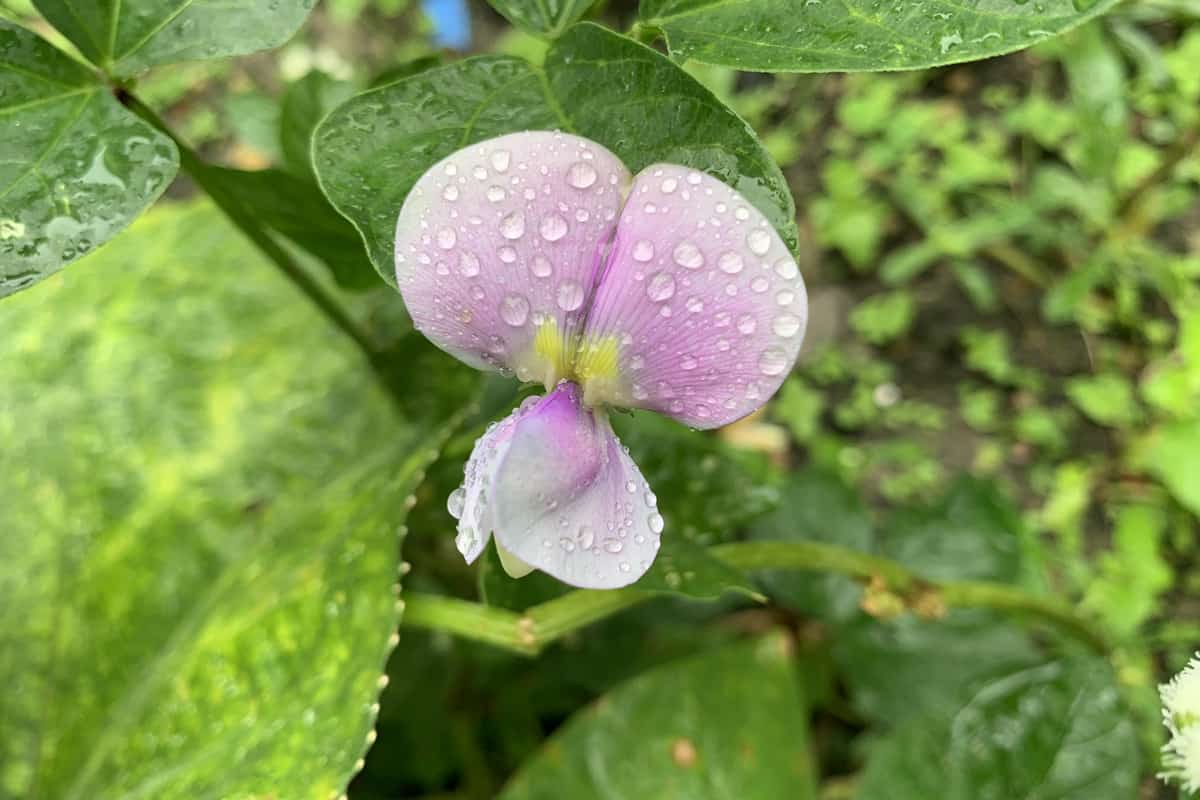
Another excellent cover crop for nitrogen-fixing is cowpea. Typically, cowpea crops can draw nitrogen from the air for use in the root zone.
As this happens, your surrounding vegetation will get a much-needed nitrogen boost, leading to better, faster growth. In addition to nitrogen, the roots of cowpeas also access phosphorus in the ground.
If your garden also lacks phosphorus, cowpeas could be an incredibly beneficial cover crop. You can always pair a couple of these recommended crops together to get even better results, so keep that in mind.
5. Red Clover
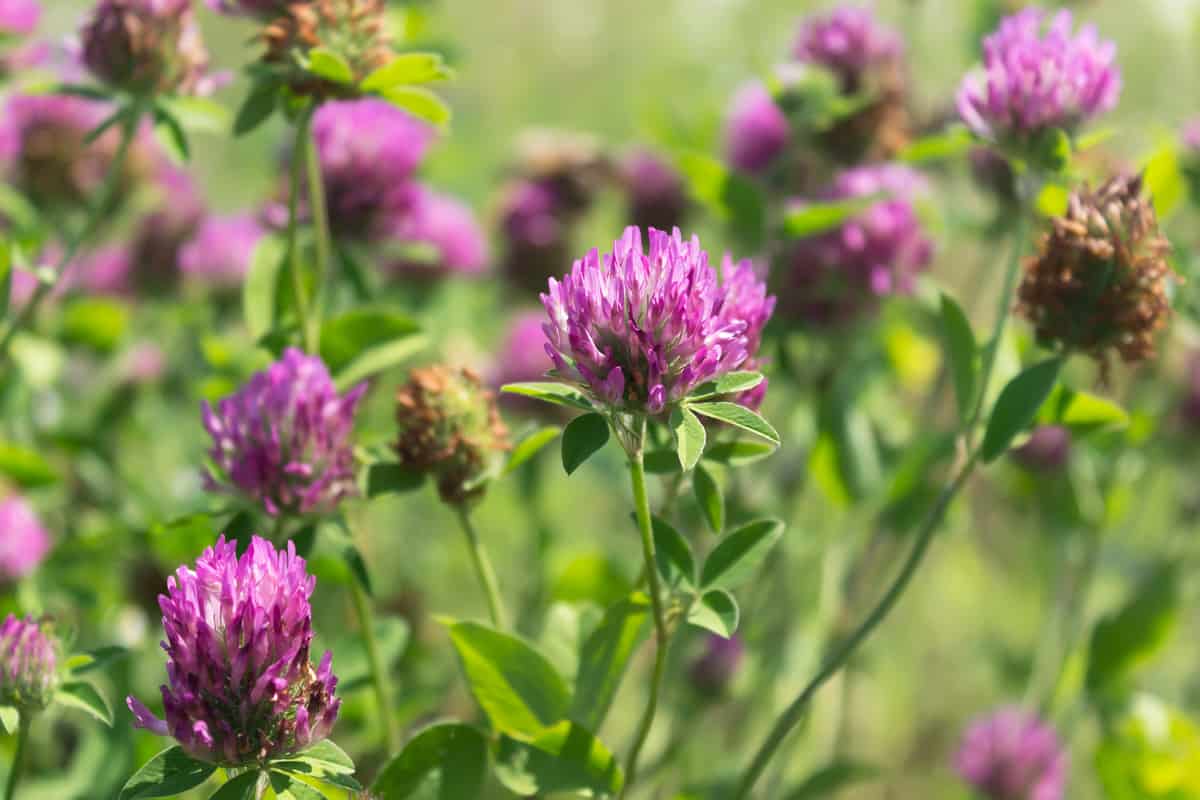
Red clover is common for nitrogen replenishment. It produces 70-150 pounds of nitrogen per acre.
Like our other clover crops on the list, red clover is a staple for farming, boosting harvestable yield during heavy years. Legumes improve soil health and quality, and red clover is no exception.
It's also worth noting that red clover can be a beneficial green manure. It blocks weed growth and increases corn yields. However, this cover crop is a slow-growing cool-season legume, so keep that in mind.
6. Field Pea
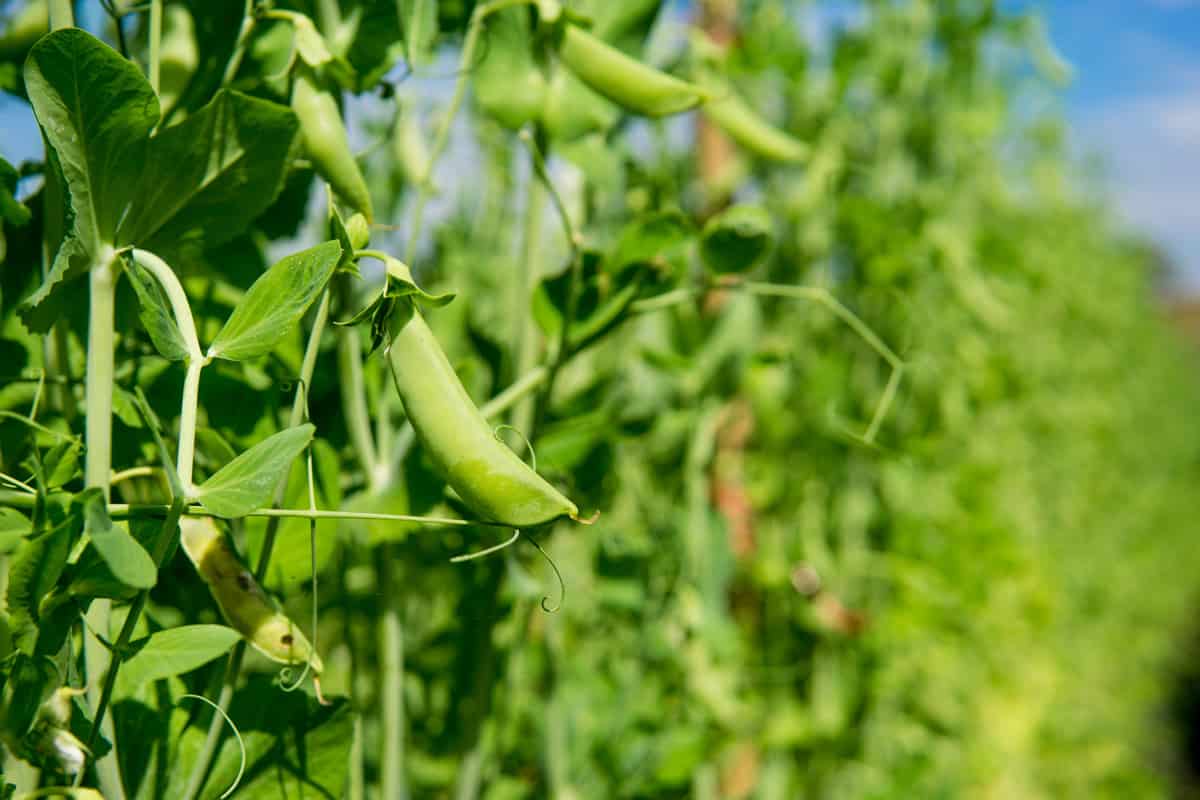
Field peas are perfect for people wanting a crop to leave plenty of high-quality soil behind. According to experts, field peas will fix most required nitrogen levels.
This is another cover crop that farmers regularly use to improve their annual yields. If you're growing fruits and vegetables in your yard, more nitrogen is always better than less.
In addition, field peas can be grown in a no-till or conventional-till cropping system, so that may be useful for those farming.
7. Hairy Vetch
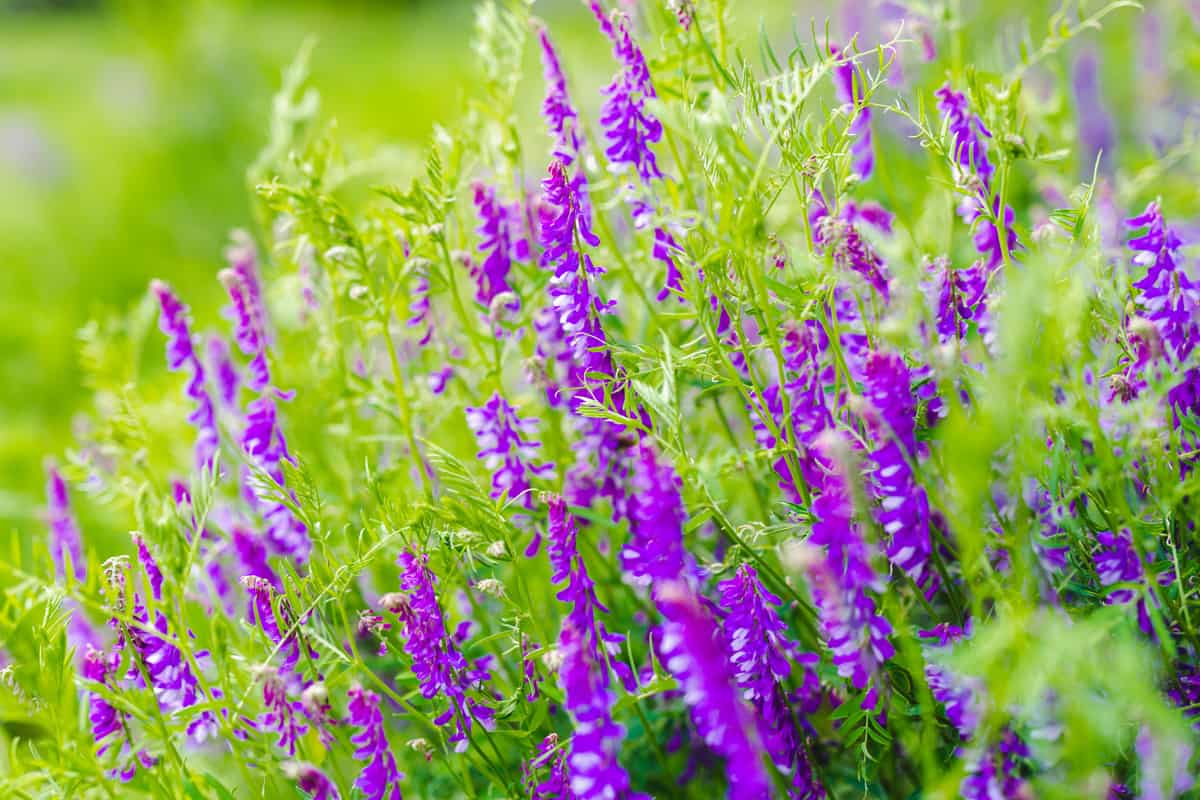
Hairy vetch is perfect for just about any landscape. According to Pennsylvania State University, hairy vetch protects soil from erosion, helps improve soil, and provides weed control during its prime growing period.
So, besides improving the nitrogen levels in the ground, hairy vetch can work to keep the surrounding area weed-free. This cover crop can also be grazed or harvested, so that's another bonus to remember.
How Do You Know If Soil Lacks Nitrogen?
When it comes to understanding your garden and your plants, you should be able to recognize the many signs of nitrogen deficiency. Here are some things to look out for for:
- Yellowing foliage
- Stunted growth
- Smaller fruit and flowers
- Excessive root growth
As we covered earlier, one of the main issues with a lack of nitrogen in the soil is that your plants won't have the energy to grow.
Nitrogen is vital to every plant's life, impacting health, growth rate, and soil quality. Therefore, not having enough in your garden's ground can cause the plants to turn yellow, stop growing, and even die.
Luckily, by adding cover crops that increase nitrogen in the soil, you can help reverse these problems and get your plants back to normal.
This can be especially beneficial to anyone who grows their own food, as cover crops release nitrogen into the ground, which other fruits, vegetables, and plants can absorb and use to mature.
How Can I Check My Soil For Nitrogen?
Testing nitrogen levels in soil can be trickier than it seems. Most people hire companies to do this, as they'll provide the most accurate reading.
In order to test the nitrogen levels in your garden correctly, you should add 30 milliliters of calcium sulfate extracting solution to a two-gram scoop of soil and let it sit for 15 minutes.
This will be read via a Lachat QuickChem 8500 Flow Injection Analyzer by the cadmium reduction method, which not everyone can access.
So, it might be better to leave this to the experts.
Can Soil Have Too Much Nitrogen?
Although this doesn't usually happen, soil can become too nitrogen-rich. This can occur if you have too many nitrogen-producing plants growing in a small section of your garden.
As the nitrogen is produced at a higher rate, plants nearby will take as much as they can get. However, your plants don't always know when enough is enough, leading to issues with their growth.
For example, fertilizing a plant too often can cause it to stop growing and even die.
The same thing can happen with too much nitrogen in the soil, which can cause plants to grow excessively and produce more leaves and foliage than is normal.
Unfortunately, as this begins, insects and mites can begin plaguing your plants.
This chain reaction may cause plants in your garden to get sick and die. On top of that, plants that produce fruit can make too much foliage, causing fruiting to stop entirely.
So, for anyone farming in their yard or at a large scale: don't get too wild with nitrogen-rich plants. Too much of a good thing can quickly become a bad situation.
How Can You Neutralize Soil With Too Much Nitrogen?
If you plant too many nitrogen-producing cover crops or notice the plants in your landscape start to get leggy or have issues with fruiting/flowering, you will probably need to neutralize the soil.
Luckily, doing this should be pretty easy. Many experts suggest laying down mulch, which will draw nitrogen from the soil.
Although these mulches aren't usually ideal, we recommend using cheap mulch for a garden with too much nitrogen, as it will pull the most from beneath them.
That's because cheaper, lower-quality mulch is made from soft scrap wood and uses more of the nitrogen in the soil.
The more nitrogen they take up for decomposition, the less will flow through nearby vegetation's roots.
To Wrap Up
If you have slow-growing plants or have noticed issues in your garden, the soil could be nitrogen deficient.
Luckily, we found seven great cover crops to improve nitrogen in the ground: berseem clover, crimson clover, sweet clover, cowpea, red Clover, field pea, and hairy vetch.
You can use any of these to boost the nitrogen in your yard!
Check out these helpful related posts:

